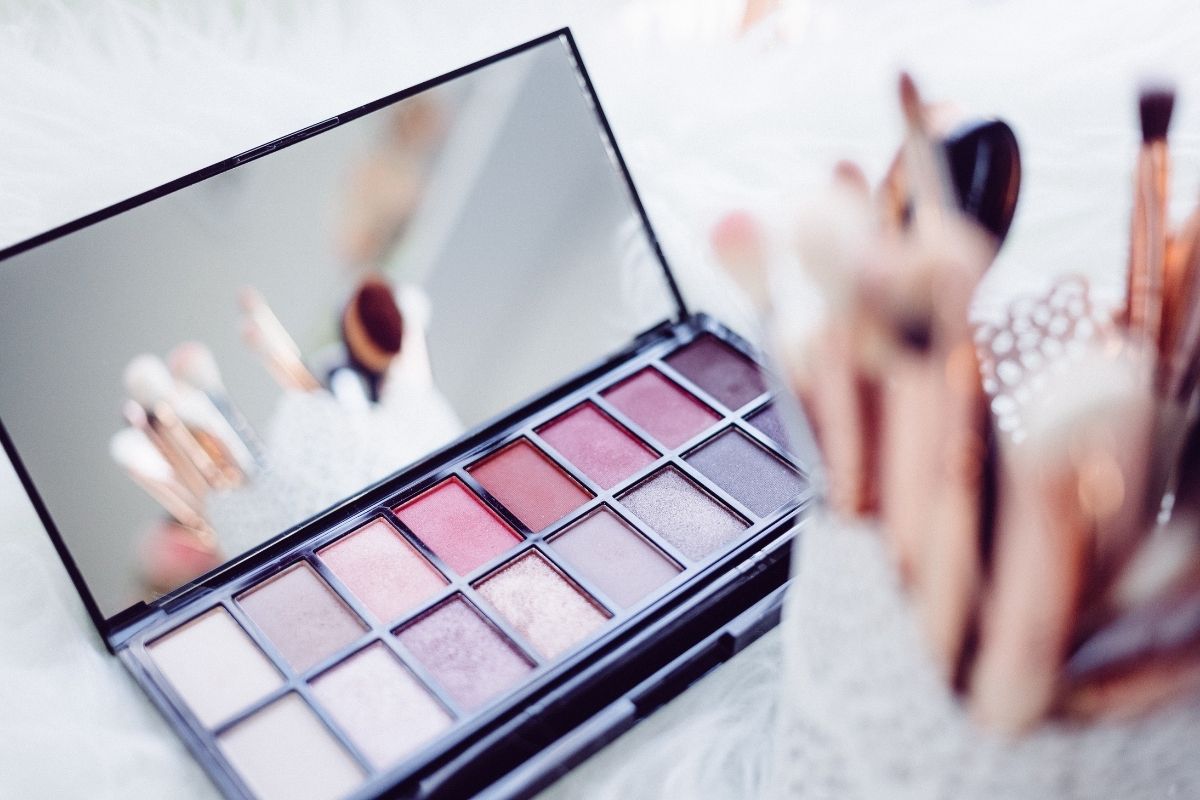Industry Perspectives: Push Yourself to Explore
Hannah Bronfman, founder of HBFIT sits down with us and provides advice on how to get a career in the beauty industry and push yourself out of your comfort zone
“I think the advice that I would give to my younger self would be don’t feel awkward about cold calling and reaching out blind,” says Hannah Bronfman, founder of HBFIT. “I think there’s something to be said about a go-getter and someone who knows what they want and how to get it, or at least how they think they know how to get it.”
When you cold call someone and you have a heart and soul behind what you’re trying to achieve, that comes through. Maybe the first time, the person doesn’t answer the email but emails them again. Persistence is key.
A specific area of the beauty industry that’s changed via technology is the booking platforms. Hannah says a lot of these companies have created their own SaaS products, which is a statistical analytics system that is like the brain of a lot of these apps. Whether it’s Glam Squad, the Glamm app, Style Seat, all of these programs and technologies have created a new way that people interact with beauty and the way that beauty is booked for the professional and the consumer.
It’s brought the beauty world to a full on-demand system just like everything else that we see. So I think technology has an impact on the product and the way it’s designed.
Every single brand is trying to recreate the lipstick or foundation, lotions, gels that finish matte or true match a color, or lipstick that looks blue, but it’s going to turn bright pink. I think everyone’s trying to do this kind of surprise and delight using technology to help create a different product that hasn’t been to the market yet, says Hannah.
To prepare for an interview, you can do a few things differently. One, do your research, know who you’re being interviewed by, and know the trajectory of their career.
For the company that you’re interviewing for, know their past big product launches and what has gone on in the news.
Consider: Have they raised money? Have they been acquired? Did they go through a recall?
“Those are things that you want to know before an interview. And I think some other things that you can do is, always, if you’re going into a beauty meeting, wear lipstick, wear eye shadow, nothing that’s flashy, but something that says you’re an enthusiast,” Hanna explains. “And always be polite, take your time when you’re speaking. It comes off a lot better when you don’t say the word like or um.”


